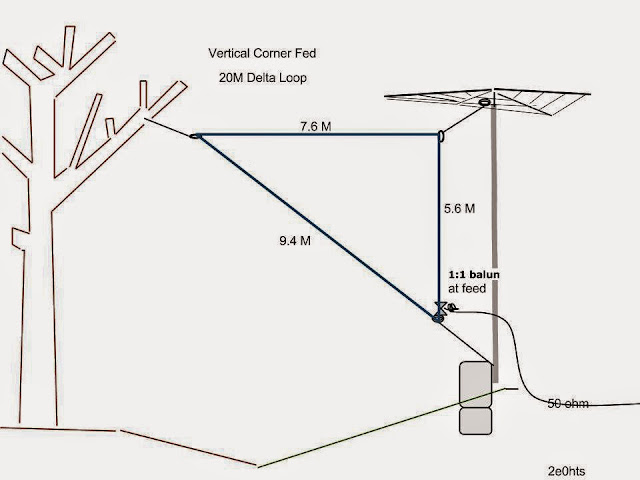Morse Code From The Begining


History of Morse
Samuel Finley Breese Morse (1791-1872)
Samuel Finley Breese Morse was born on April 27, 1791, in Charlestown, Boston, Massachusetts. He was the son of Jedidiah Morse, a pastor. Samuel Morse trained as an artist and worked as a portrait painter until the 1830s. However, today Morse is remembered for inventing the electric telegraph and the related code system known as Morse Code in 1837.
In 1832, while returning from a period of art study in Europe on the ship Sully, Morse overheard a conversation about the newly discovered electromagnet and came up with the idea of an electric telegraph.
The electric telegraph was basically an electrical circuit made up of a battery, a key, and an electromagnet, all connected by wire. The battery created electricity that travelled along the wire. The key, at one end of the wire, was pressed down to complete the electrical circuit. The electromagnet, at the other end of the wire, had a pencil attached to it, which moved and made a mark on a paper tape whenever the electric current passed through it. The marks were short or long, depending on how long the key was held down, which led Morse to develop a code of dots and dashes that corresponded to each letter of the alphabet.
In 1840 Morse patented his new code that used combinations of dots and dashes to represent all 26 letters in the alphabet and numbers from 1 to 10. This code, known as Morse code was developed to use over telegraph wires, he was not trying to make a secret code, he wanted a code that could be used easily by many people. Morse code is arranged for the easiest possible use. As E is the most frequently used letter in the English alphabet, Morse gave it the shortest sound – a single dot. T is the next most frequently used letter and it has the next shortest sound – a single dash.
In 1843, Morse secured funds from Congress to construct the first telegraph line in the U. S. from Baltimore to Washington D.C. Then on May 24, 1844, from the Capitol building in Washington, Morse sent a Biblical quotation as the first message on the line to Baltimore: "What Hath God Wrought!"
In April 1845, the line was opened for public business under the control of the US Post Office. One cent for every four characters was charged. During the first four days, one cent was received. By the end of the week, the receipts had risen to one dollar. Morse had developed what was to become a popular and successful method of communication.
An advantage of the Morse is that you could hear the signal arrive meant trained operators could translate incoming messages as fast as they could be sent. Morse’s original code was the sound of long and short clicks but the code you hear now is long and short beeps.
The Morse Code alphabet we use today is known as Modern International Morse code and was invented by Friedrich Clemens Gerke in 1848.
Morse died of pneumonia in New York City on April 2, 1872, at the age of 80. He is buried in Brooklyn's Greenwood Cemetery.
Morse Code is now not in popular use, however there are many marine radio operators and soldiers with a knowledge of Morse and the code is still used by radio amateurs around the world. It can still provided a way of getting urgent messages through by lights or flashing mirrors - or when other communications systems break down. Whatever the case, dot dot dot, dash dash dash, dot dot dot is still widely recognised as 'S-O-S' - and one day, that might just save your life.
We know Morse as dot dot and dash dash, but operators are trained to say 'Di di' and 'dah dah'. Morse code can be a “sound” code by tapping with pencils, snapping fingers, or blowing whistles. It can be a “sight” code by waving flags, flashing lights or moving items slowly or quickly. Morse is very useful as it can be heard when other signals may be too weak to be heard.
Morse Code is also known as CW or Continuous/Carrior Wave which is the type of wave used to transmit Morse Code.
I Hope you liked this post as it was put together by louise M3TLL. Thanks Louise I look forward to some more posts soon. 88 & 73
Useful links
http://www.wrvmuseum.org/fun_morsecode.htm
http://www.philtulga.com/morse.html








Comments